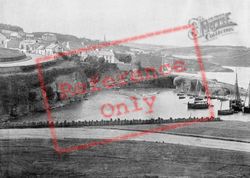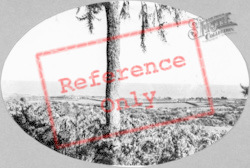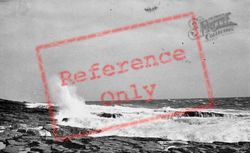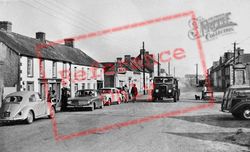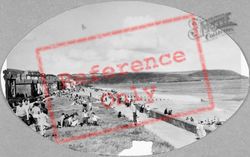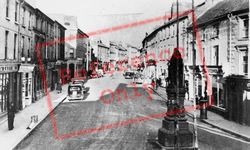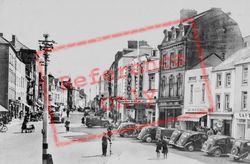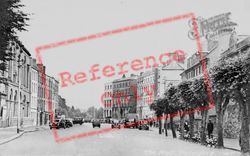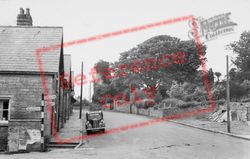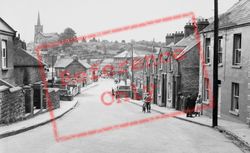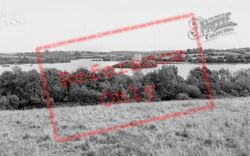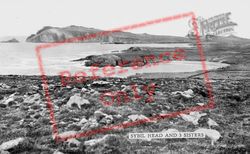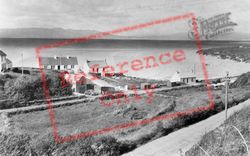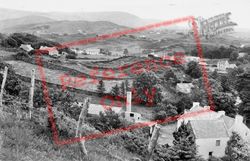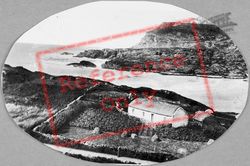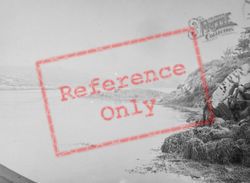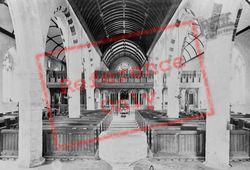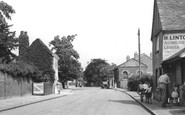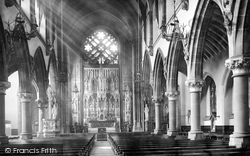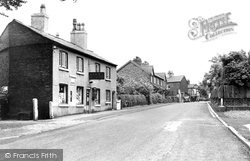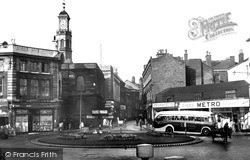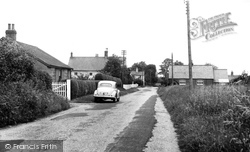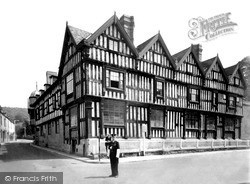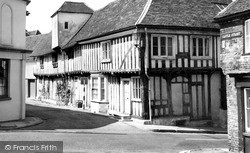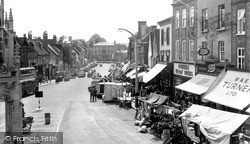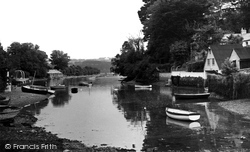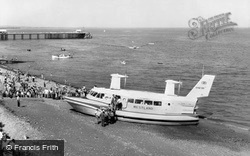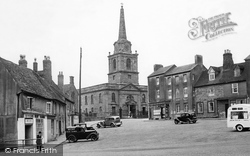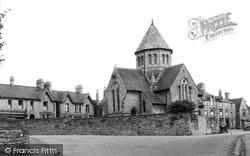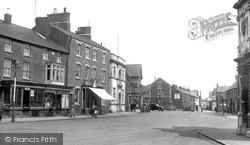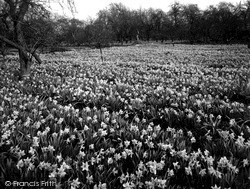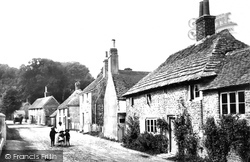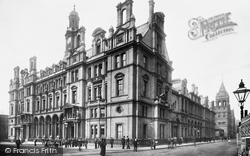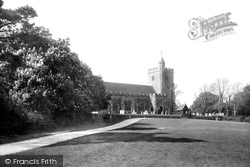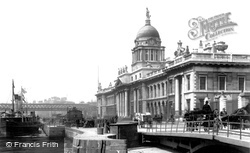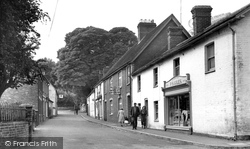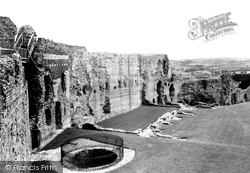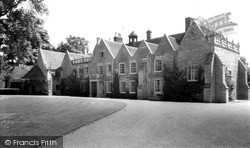Places
36 places found.
Those places high-lighted have photos. All locations may have maps, books and memories.
- Shanklin, Isle of Wight
- Ventnor, Isle of Wight
- Ryde, Isle of Wight
- Cowes, Isle of Wight
- Sandown, Isle of Wight
- Port of Ness, Western Isles
- London, Greater London
- Cambridge, Cambridgeshire
- Dublin, Republic of Ireland
- Killarney, Republic of Ireland
- Douglas, Isle of Man
- Plymouth, Devon
- Newport, Isle of Wight
- Southwold, Suffolk
- Bristol, Avon
- Lowestoft, Suffolk
- Cromer, Norfolk
- Edinburgh, Lothian
- Maldon, Essex
- Clacton-On-Sea, Essex
- Norwich, Norfolk
- Felixstowe, Suffolk
- Hitchin, Hertfordshire
- Stevenage, Hertfordshire
- Colchester, Essex
- Nottingham, Nottinghamshire
- Bedford, Bedfordshire
- Bury St Edmunds, Suffolk
- Aldeburgh, Suffolk
- St Albans, Hertfordshire
- Hunstanton, Norfolk
- Chelmsford, Essex
- Bishop's Stortford, Hertfordshire
- Peterborough, Cambridgeshire
- Brentwood, Essex
- Glengarriff, Republic of Ireland
Photos
9,106 photos found. Showing results 8,441 to 8,460.
Maps
181,006 maps found.
Books
11 books found. Showing results 10,129 to 11.
Memories
29,058 memories found. Showing results 4,221 to 4,230.
The Ideal Village
I lived with my grandparents for a short while in the late forties and visited often over the next fifteen years or so. Their home was one of the wooden bungalows that was Ewden Village. My grandad worked on the reservoirs ...Read more
A memory of Ewden Village in 1948 by
Question Or Two!
I wonder if you can help me? I'm unsure if I have the correct building around the mid 90's. I was sent to a kind of boarding school for bad boys - 'a long story' and after leaving wanted to forget the place but now as a 35 ...Read more
A memory of Kirkby Lonsdale in 1994 by
A Brauton Boy
I was born in Braunton in 1938. I am now 75 yrs of age residing in Mansfield Woodhouse, Nottinghamshire where I have lived for the past 42 years. I have visited many countries in my life including a National Service stint for two ...Read more
A memory of Braunton in 1930 by
The Family
I was born in Abergwynfi in 1942, but the family moved up to the midlands when I was a few weeks old. We returned home every year for our annual hols and sometimes at Xmas. The memories I hold are quite idyllic and I have never lost ...Read more
A memory of Abergwynfi in 1942 by
Day 1
Howden School opened on a cold and snowy January day, I think it was the 17th. Before leaving our old schools we were each given a number and on arrival at the school we had to line up behind cardboard boxes with this number displayed. It ...Read more
A memory of Howden by
Just A Puddle Jumper
I lived about 3 minutes from the beach and down the steps and on to patches of grass we used to go jump on. The tide came in and out and used to leave behind seawater puddles collected by the green patches of grass. ...Read more
A memory of Knott End-on-Sea in 1962 by
Norwood Green
My most endearing memory of Norwood Green was cycling by it on Sunday Nights when I was doing a circular ride via Top Lock, Mintern Road, Osterly, Brentford and along the canal to Hanwell. Church bells ringing, men ...Read more
A memory of Norwood Green in 1960 by
Millwain Road
I wonder if the person asking for memories about Millwain Road, Levenshulme remembers my friend & his family .... The Murray's from 32 Errwood Rd, corner of Millwain Rd. Their house was used in the making of a film (was it ...Read more
A memory of Levenshulme in 1961 by
Sedgefield Crescent
I lived at 15 Sedgefield Crescent leaving in 1960 to moved to Slough; dad was at Fords and he moved to Langley, Bucks. Dad was Gerry and mum was Lillian. My sister, Wendy, was born in 1953. I went to Dycourts and then to ...Read more
A memory of Harold Hill in 1960 by
The Winter Of 1947
We had to leave our prefab because of the deep snow and ice, and walked to stay with my aunt and uncle in Village Way, Ashford until the snow thawed.
A memory of Stanwell in 1947
Your search returned a large number of results. Please try to refine your search further.
Captions
29,158 captions found. Showing results 10,129 to 10,152.
St Mary's Church was built between 1875-77 on the site of a former cotton factory in Buttermarket Street, close to the working-class districts which provided its congregation.
The post office and general store were essential parts of village life, so not surprisingly they feature on many of Frith's postcards; these were later sold at the post office counter and the village store
Road traffic was much lighter in the 1950s, but even then Sankey Street represented a major bottleneck on the main A57 Liverpool to Manchester Road.
The school was built on the Green in 1872 at a cost of £700, with accommodation for 70 children. The side windows have gone and have been replaced by six sky-lights in the roof.
Here we see the front of the Feathers Hotel on the right. The building was erected in 1565, although the top storey was added later.
The building has a great number of vertical beams not much more than a hand's span apart.
Built on the site of the Old Rectory, the Basildon tractor plant was finally completed on 20 February 1964. It covered 60 acres of the 100-acre site, and had 1,360,000 square feet of buildings.
A large number of the buildings in the picture are now Grade II listed, but it is not likely that the unkempt state of the High Street in 1955 did much to foster civic pride.
Lying at the estuary of the River Helford, this small port was important in days gone by, for it supported the tin mining industry.
'A grey town and a grim town, pervaded with the unlovely spirit of its fearful prison.' Thus Arthur Mee captures the forbidding character of this remote community, beset by fogs and rain.
In a bid to recapture the public's imagination and recreate the excitement and glamour of cross-channel travel, Campbell's were to introduce a hovercraft service in the summer of 1963.
The route from Eastleigh to the Channel Islands was formerly the most popular journey from the airport with 80% of air traffic.
The cottages on the left of this photograph have all gone now, and in their place is a landscaped public garden area with trees and bushes.
Jesus Church was designed in the form of a cross, in Gothic style, with tall lancet windows in the nave, chancel and transept.
Rothwell's most famous landmark, the old Market House, is partly visible on the right of this photograph. Around its cornice are Latin inscriptions and 90 coats-of-arms of landed families.
It was not only Wordsworth who could see daffodils; we in Lincolnshire can see millions of them at the appropriate time of the year.
Once as important as Arundel or Lewes, Bramber is now merely a village, the market centre having migrated to nearby Steyning.
Much of its wealth and subsequent Victorian building was a result of prosperity based on rope, sacking and string making. The 20th century has added modern shopping centres and a leisure complex.
Leeds was the industrial power house of the old West Riding.
Here we see a Maytime scene of the long, tongue-shaped village green, with the church of St George in the background, and the chestnut trees in full blossom.
One of Dublin's most famous buildings is the Custom House. It was designed by Gandon and built between 1781-1791.
Thomas Hardy writes of a journey into Cranborne in 'Tess of the D'Urbervilles', where the present Fleur-de-Lys tavern is depicted as the much less salubrious 'Flower-de-Luce'.
Denbigh saw action during the Wars of The Roses and changed hands on several occasions. In 1468 it finally fell to a Lancastrian force led by Jasper Tewdwr, Earl of Pembroke.
The building has never been an abbey, but took its name from the lands owned by the Benedictine Abbey of Bec in Normandy.
Places (6814)
Photos (9106)
Memories (29058)
Books (11)
Maps (181006)


